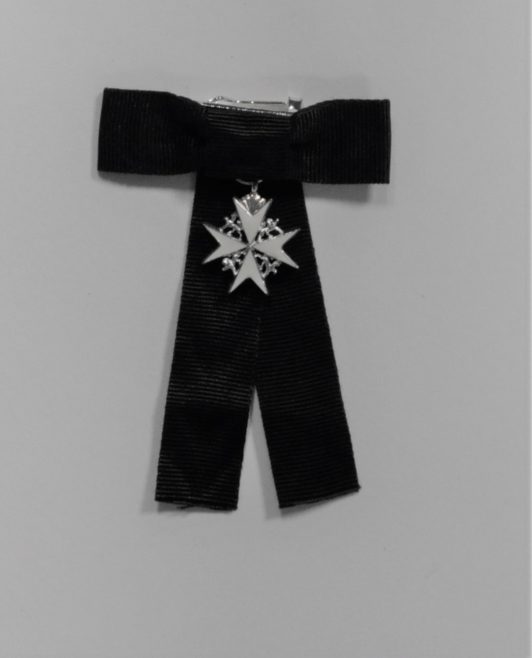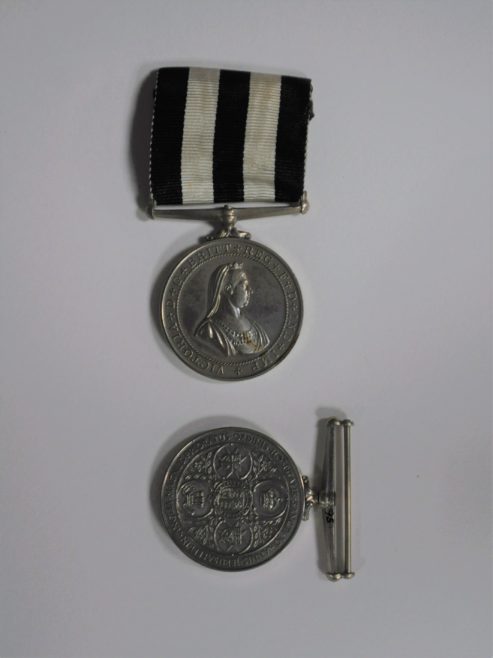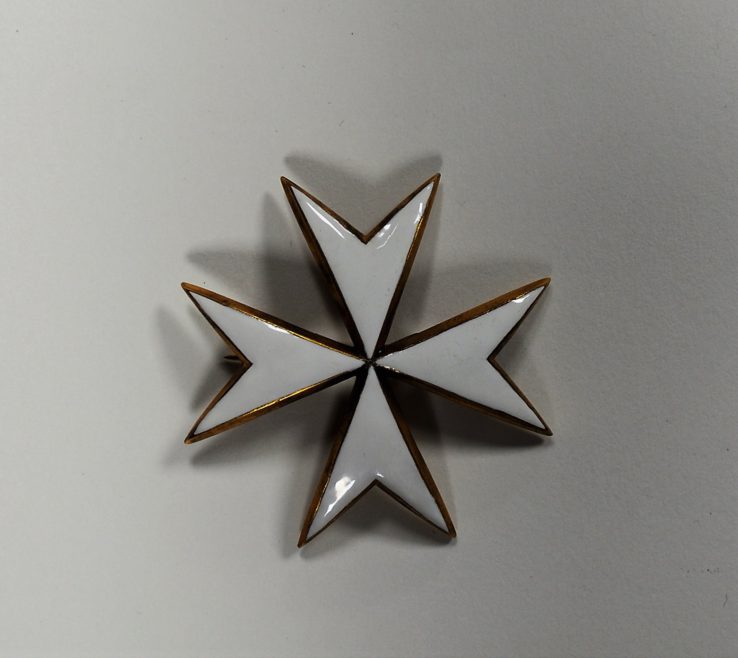As a volunteer, you are given the unique task of aiding a museum or institution. In the week or so that I have been volunteering here, I have been involved in a variety of tasks, however menial they may seem; these small tasks will hopefully benefit the Museum in its day-to-day running, and have an impact. Having previously volunteered at the Museum alphabetising nominations to the Order, this experience involved some very different but none-the-less interesting tasks.
Throughout its history, the Museum has maintained the records of members who have been awarded the Order’s Service Medal. Whilst cataloguing and researching medals that had not been distributed, I was able to discover that many members had accumulated more than 50 years of service, including one individual who has been awarded an astonishing 7 bars to their Service Medal! Once an individual has achieved 15 years of service (or in more recent times 12 years), they are given a medal and a further bar for every additional 5 years. To have accomplished this is truly a tremendous feat especially given that in today’s society, it is rare that an individual stays in the same role for more than 10 years!
However, whilst searching through these Service Medal records in the archive, I was, at times, unable to find a record of an individual. I therefore searched annual reports in the hope of discovering a name. Yet to my dismay, I discovered that those reports that date to the post-war period no longer mention names. I was at a loss because I could not find a record pertaining to an individual, yet an unissued medal had been made baring their name and service number. It was then that I realised that in some cases, the reason why I could not find a name was simply due to a clerical error. One letter (or the lack of one) was simply the difference! Yet, in other cases, the individual in question was unable to be located because of discrepancies in service number.
It is worth noting that whilst a large majority of the Museum’s collections are catalogued, some are not fully complete thus showing how important the role of a volunteer is in aiding a curator in transforming their collection.
In addition to holding a vast collection of annual reports (which have a wealth of information in their own right), the Museum holds other medals, some of which were given to those who participated in a specific event or celebration. The Defence Medal (and its miniature variant) for example was awarded between September 3rd 1939 and May 8th 1945 to members of the armed forces for non-operational service and civilians who were members of various Civil Defence Organisations. Similarly, the Edward VII Coronation Medal was issued to surgeons, ambulance men and nurses who were on duty during the Coronation celebrations in London.
There are also medals given to those serving only within the international orders, and often they were also only distributed for a limited amount of time. An example of this includes the Prussian Red Cross Medal (in First, Second or Third Class), created by Wilhelm II in 1898. It is thought that it was awarded to all those who carried out great service to the sick in peace or wartime. International orders also play an important role within the history of the Museum and its work, especially given that they recognise the same values. Whilst the Museum does not hold an example of every medal ever issued, it understands the importance of having a catalogue in order to collate everything known or otherwise forgotten about said medals.
The reason for such an extensive and thorough search into the collection is that an ongoing collections audit is currently taking place. There are over 60,000 objects with some having not been fully catalogued or examined in decades. Therefore, it might seem like a small task to count how many unissued medals the Museum currently holds or sort said medals into appropriate bags, but in the grand scheme of things, it will go a long way in making sure that the Museum has a fully-fledged catalogue that is complete for not only their own purposes, but for the public and other institutions to enjoy.
Overall, the experience I have had here has been a successful one, and I have been given the opportunity to undertake a variety of tasks. This is just a small example of what is on offer within the Museum of the Order of St John and hopefully shines a light on the extensive work taking place here.





